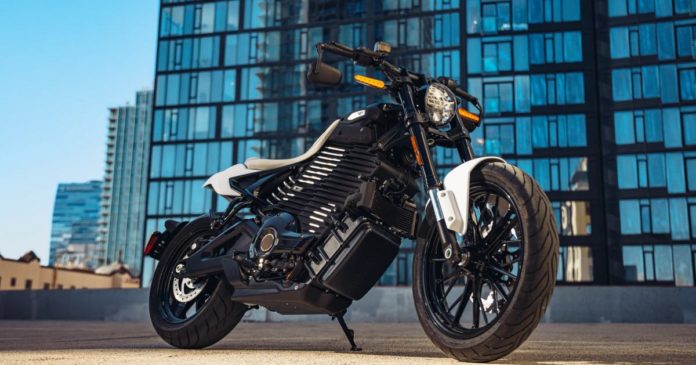Harley-Davidson’s electric motorcycle division LiveWire has unveiled the S2 Mulholland, which boasts some bits made from hemp.
Now available from U.S. and Canadian dealers, the S2 Mulholland features sustainable materials in a few key components; a first for the company. Among the bike’s eco street-cred aspects are front and rear fenders manufactured using hemp bio-composite.
Other green features – aside from the fact the S2 Mulholland is electric – include radiator shrouds and wiring caddies manufactured from Hylon Ocean (PCR Nylon 6). This nylon is made using discarded fishing nets collected from oceans around the world, which are sorted and pelletized for use as a feedstock. LiveWire also chose to manufacture the S2’s seat using recyclable silicone, rather than leather or petroleum based vinyl.
“Mulholland represents a shift in design at LiveWire as the company has reimagined the profile and silhouette of the motorcycle—traditionally informed by the gas tank—while also using sustainable materials in key components for the first time,” says LiveWire.
Weighing 432 pounds, the S2 Mulholland’s 84 horsepower and 194 ft-lb of torque enables a zippy 3.3 second time from zero to sixty miles per hour. Its 10.5 kWh lithium-ion battery pack can achieve up to 121 miles of city riding range and 73 miles of highway range at 55mph. Charging times to take the battery pack from 20% to 80% are noted as 5.9hrs (L1 charging) and 78 min (L2)
Like any Harley Davidson or LiveWire motorcycle, the S2 Mulholland doesn’t come cheap; priced at $15,999 USD and $21,999 CAD. While initially only available in the USA and Canada, deliveries for additional unspecified markets are currently planned for 2025.
LiveWire isn’t the first vehicle manufacturer to tinker with hemp: among others is BMW. And Ford first toyed with the idea way back in 1941, when the company’s chemists developed a super-strong material comprised of cellulose fiber and resin binder – with 10 percent of the fibre content from hemp. But for unknown reasons, Ford’s development didn’t make prime time.
Hemp bioplastics are just one of the myriad uses for industrial hemp. Aside from hemp being a renewable resource, some of its advantages in bioplastic applications are strength, thermal and UV stability, and ease of manufacturing – standard plastic injection equipment can be used.


